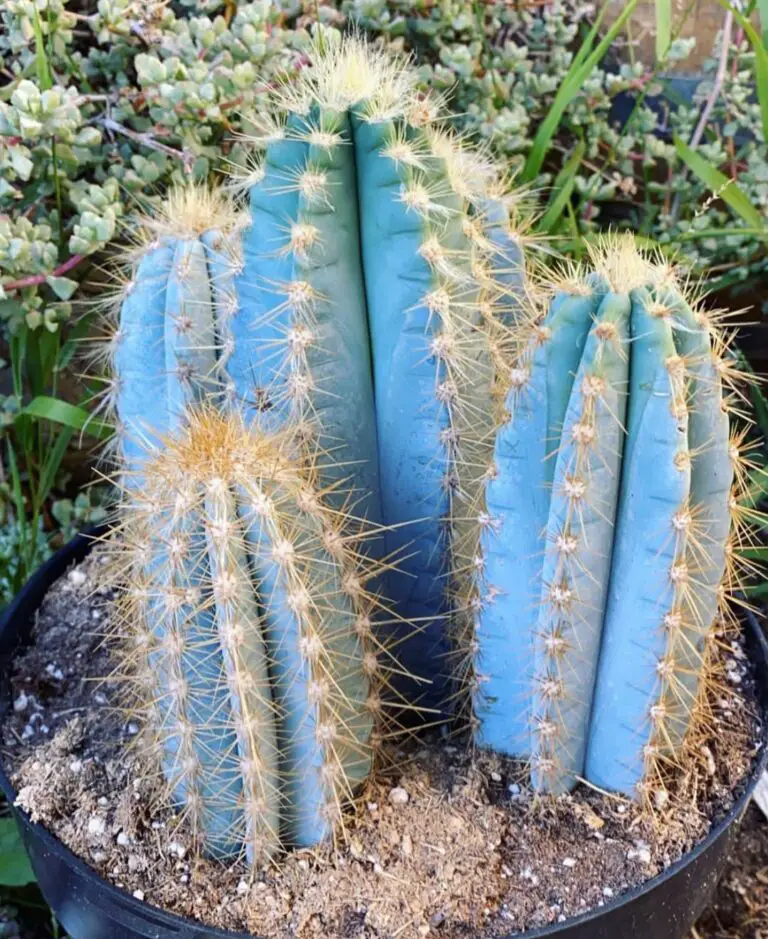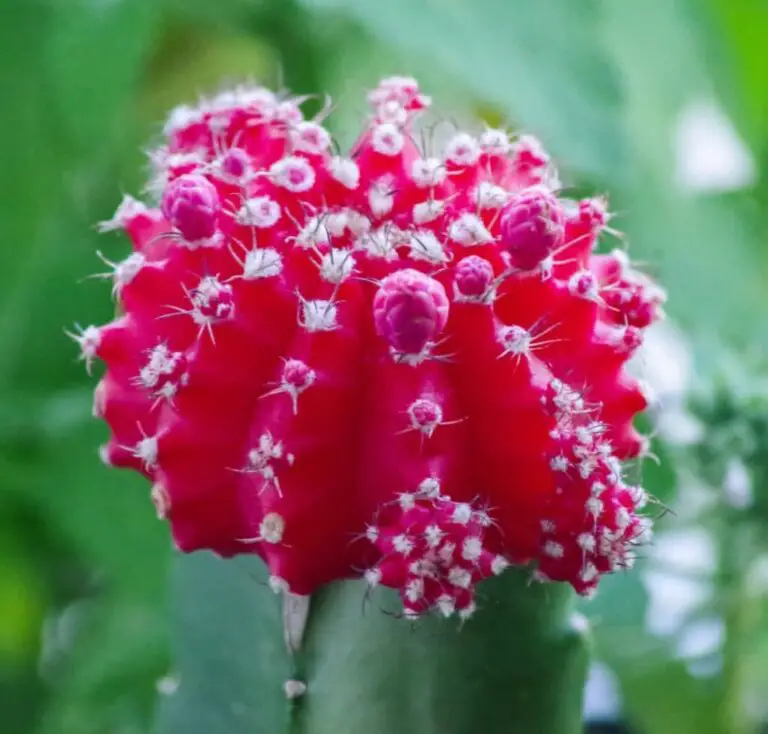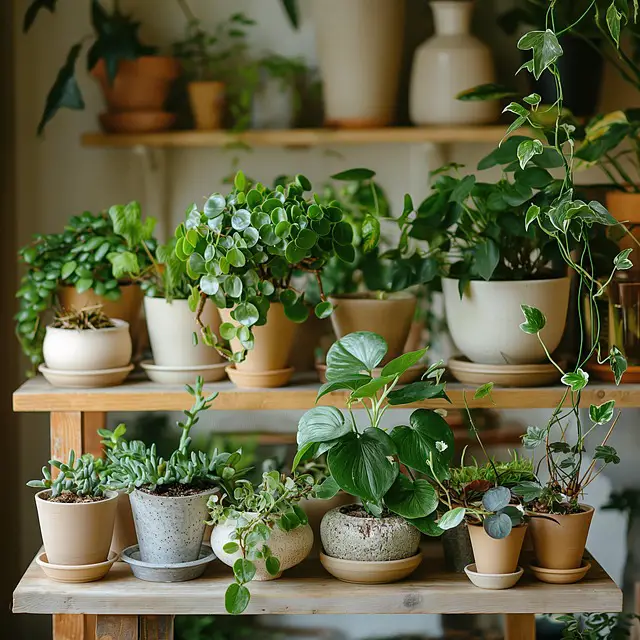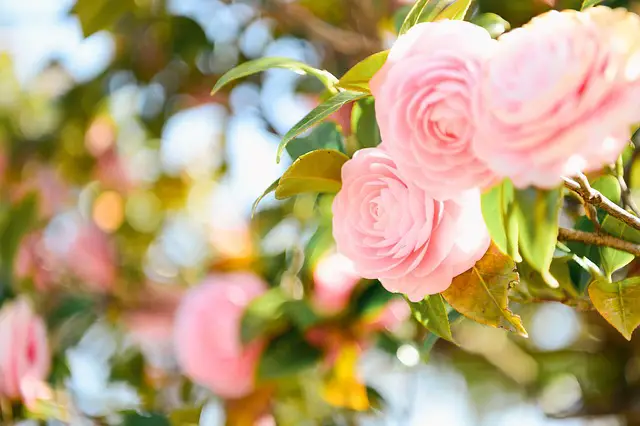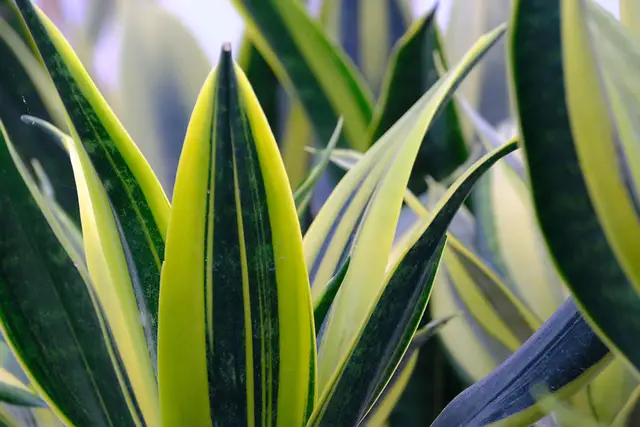Moth Orchid also known as Phalaenopsis orchids, The breathtaking beauty of a Moth Orchid can leave anyone in awe. These delicate and exotic plants have become a popular household choice for plant lovers all over the world. However, maintaining the perfect growing conditions for these orchids can be challenging, and even small mistakes can quickly lead to the demise of your beloved plant.
In this article, we’ll explore the most common Moth Orchid care mistakes that can be fatal for your plant, and provide you with the knowledge you need to keep your orchid thriving for years to come. So buckle up and get ready to learn how to avoid the pitfalls that could be lurking in your orchid care routine!

Moth Orchid Overcareing to much
Overcaring can also cause death in orchids. This can happen when a plant owner is too attentive to the plant and ends up overwatering, over-fertilizing, or providing too much direct sunlight, among other things. The symptoms of overcaring in an orchid may include the following:
Yellowing leaves: Overcaring can cause the leaves of the orchid to turn yellow or brown.
Root rot: Overwatering can lead to root rot, which is a common problem in orchids.
Fungal or bacterial infections: Overwatering or providing too much humidity can create conditions that are favorable for fungal or bacterial growth.
Stunted growth: Providing too much fertilizer can lead to stunted growth or damage to the roots.
To avoid overcaring, it’s important to understand the specific needs of your orchid, including its water, light, and nutrient requirements. Over time, you will learn to recognize the signs that your orchid is healthy and thriving, and you can adjust your care accordingly. It’s also important to follow a regular care routine that includes the right balance of watering, fertilizing, and sunlight. With proper care and attention, your orchid can thrive and grow for years to come
Overwatering in orchids
Overwatering can be a common cause of death in orchids, including the popular Phalaenopsis or moth orchid. Overwatering can cause the roots to rot, which can lead to the death of the plant. The symptoms of overwatering in an orchid may include:
Yellowing or wilting leaves: The leaves of an overwatered orchid may turn yellow, brown, or black and may start to wilt or droop.
Soft or mushy roots: The roots of an overwatered orchid may become soft or mushy and may turn brown or black.
Foul odor: Overwatered orchids may emit a foul odour due to the rotting roots.
Lack of new growth: An overwatered orchid may stop producing new growth or may start to decline.
If you suspect that your orchid is suffering from overwatering, it’s important to take action immediately to save the plant. Remove the orchid from its pot and inspect the roots for signs of rot. If the roots are mushy or brown, gently remove any damaged roots and repot the orchid in a fresh, well-draining orchid mix. Water the plant only when the top inch of soil feels dry to the touch, and make sure that the orchid is getting the right amount of light for its species. With proper care, your orchid may be able to recover from overwatering and continue to thrive.
Underwatering orchid
Underwatering can also cause death in orchids, including Phalaenopsis or moth orchids. When orchids are not watered enough, they can become dehydrated, and their leaves and roots can dry out, leading to death. The symptoms of underwatering in an orchid may include:
Shriveled leaves: The leaves of an underwater orchid may become thin, shriveled, or wilted.
Dry and brittle roots: The roots of an underwatered orchid may become dry, brown, and brittle.
Lack of new growth: An underwater orchid may stop producing new growth or may start to decline.
Yellowing leaves: An underwater orchid may also develop yellow leaves, which may eventually fall off the plant.
If you suspect that your orchid is suffering from underwatering, you should immediately water the plant with room-temperature water until the excess water runs out of the bottom of the pot. After watering, wait until the top inch of the soil feels dry to the touch before watering again.
It’s important to avoid letting the orchid sit in standing water, as this can lead to root rot. In addition to watering, you should also make sure that the orchid is getting the right amount of light and humidity for its species. With proper care, your orchid may be able to recover from underwatering and continue to thrive.
Improper lighting orchid
Improper lighting can also cause death in orchids, including Phalaenopsis or moth orchids. Orchids require the right amount of light to photosynthesize and produce energy, and if they don’t get enough light, they may become weak and eventually die. On the other hand, if they get too much light, their leaves can become scorched and damaged. The symptoms of improper lighting in an orchid may include:
Slow or no growth: An orchid that is not getting enough light may grow very slowly or not at all.
Yellowing leaves: An orchid that is getting too much light may have yellow, brown, or burnt-looking leaves.
Weak stems: An orchid that is not getting enough light may have weak stems that cannot support the weight of the plant or flowers.
Lack of blooms: An orchid that is not getting enough light may not bloom or produce fewer flowers.
If you suspect that your orchid is suffering from improper lighting, you should move the plant to a location with better lighting conditions. Moth orchids typically require bright, indirect light, so placing the plant near a south-facing window or under artificial grow lights can be helpful. It’s important to avoid exposing the orchid to direct sunlight, as this can damage the leaves. With proper lighting, your orchid may be able to recover and continue to grow and bloom.
Extreme temperature
Extreme temperatures can also cause death in orchids, including Phalaenopsis or moth orchids. Orchids are typically tropical plants that require warm temperatures and high humidity to thrive. If they are exposed to extreme temperatures, they can become stressed and eventually die. The symptoms of extreme temperature in an orchid may include the following:
Wilting or drooping leaves: An orchid that is exposed to extreme temperatures may have leaves that start to wilt or droop.
Discoloration of leaves: An orchid that is exposed to extreme temperatures may have leaves that turn yellow or brown.
Slow or no growth: An orchid that is exposed to extreme temperatures may grow very slowly or not at all.
Lack of blooms: An orchid that is exposed to extreme temperatures may not bloom or produce fewer flowers.
If you suspect that your orchid is suffering from exposure to extreme temperatures, you should move the plant to a location with more suitable temperature conditions. Moth orchids typically require temperatures between 60 and 80 °F (15 and 27 °C) and prefer humidity levels between 50 and 70%. It’s important to avoid exposing the orchid to draughts or sudden temperature changes, such as by placing it near a heating or cooling vent. With proper temperature and humidity conditions, your orchid may be able to recover and continue to grow and bloom.
Pests and diseases:
Pests and diseases can also cause death in orchids, including Phalaenopsis or moth orchids. Orchids are susceptible to a variety of pests and diseases, including spider mites, mealybugs, scale insects, bacterial and fungal infections, and viruses. The symptoms of pests and diseases in an orchid may include:
Discolored leaves: An orchid that is infected with a disease or pest may have leaves that turn yellow, brown, or black.
Spots on leaves: An orchid that is infected with a disease or pest may have spots or lesions on its leaves.
Wilting or drooping leaves: An orchid that is infected with a disease or pest may have leaves that start to wilt or droop.
Stunted growth: An orchid that is infected with a disease or pest may grow very slowly or not at all.
Abnormal growth: An orchid that is infected with a virus may have abnormal growth patterns, such as deformed leaves or flowers.
If you suspect that your orchid is suffering from pests or diseases, you should isolate the plant from other plants to prevent the spread of the problem. You can try using insecticidal soaps or neem oil to control pests or a fungicide to control fungal infections. However, it’s important to identify the specific problem and use the appropriate treatment, as some treatments can be harmful to orchids.
In some cases, it may be necessary to dispose of the infected plant to prevent the spread of the problem to other plants. Regular monitoring and good cultural practices, such as keeping the plant clean and avoiding overwatering, can help prevent pests and diseases from affecting your orchids.
Potting mix issues
( TIP) (lack of wind lack of fertilizer and lack of watering)
Potting mix issues can also cause death in orchids, including Phalaenopsis or moth orchids. Orchids require a special type of potting mix that allows for good drainage and air circulation around the roots. If the potting mix is not appropriate or if it becomes too compacted or waterlogged, it can lead to root rot and eventually the death of the plant. The symptoms of potting mix issues in an orchid may include the following:
Wilting or drooping leaves: An orchid that is suffering from potting mix issues may have leaves that start to wilt or droop.
Yellowing leaves: An orchid that is suffering from potting mix issues may have leaves that turn yellow or brown.
Slow or no growth: An orchid that is suffering from potting mix issues may grow very slowly or not at all.
Root rot: An orchid that is suffering from potting mix issues may have black, mushy, or slimy roots.
If you suspect that your orchid is suffering from potting mix issues, you should repot the plant in fresh potting soil. Moth orchids typically require a potting mix that is made of bark, sphagnum moss, or a combination of the two.
It’s important to avoid using potting soil or regular garden soil, as these types of soil can become compacted and prevent air circulation around the roots. When repotting, make sure to remove any dead or rotting roots and use a pot that allows for good drainage. With proper potting mix and good cultural practices, your orchid may be able to recover and continue to grow and bloom.
Repotting stress:
Repotting stress can also cause death in orchids, including Phalaenopsis or moth orchids. While repotting is necessary to maintain the health of an orchid, the process can be stressful for the plant, and if not done properly, it can lead to the death of the plant. The symptoms of repotting stress in an orchid may include the following:
Wilting or drooping leaves: An orchid that is experiencing repotting stress may have leaves that start to wilt or droop.
Yellowing leaves: An orchid that is experiencing repotting stress may have leaves that turn yellow or brown.
Lack of growth: An orchid that is experiencing repotting stress may not grow or produce new leaves or flowers.
Root damage: An orchid that is experiencing repotting stress may have damaged roots, which can lead to root rot or other problems.
To minimise the stress of repotting, it’s important to use the proper potting mix and pot and to repot the orchid during a time of year when it’s not actively growing, such as in the fall or winter. It’s also important to avoid damaging the roots during the repotting process and to allow the plant to adjust to its new pot and potting mix before resuming normal care.
During the adjustment period, you may want to avoid fertilising or watering the plant too much. With proper care and patience, your orchid should be able to recover from the stress of repotting and continue to grow and bloom.
FAQS
Why is it called a Moth Orchid?
The flowers resemble moths in flight, which is how they got their name.
Are Moth Orchids easy to care for?
Yes, they are one of the easiest orchids to grow, making them perfect for beginners.
Can I propagate a Moth Orchid?
Yes, they can be propagated through keikis (baby plants) that grow on flower spikes.
Why isn’t my Moth Orchid flowering?
It may need more light, a nighttime temperature drop, or a seasonal rest period.
Are Moth Orchids toxic to pets?
No, they are non-toxic to cats and dogs, making them a pet-friendly houseplant.

